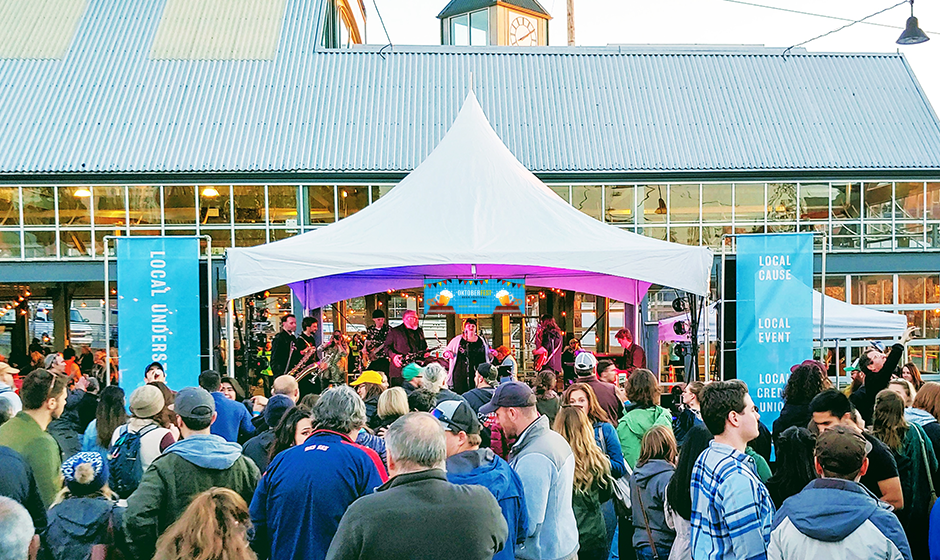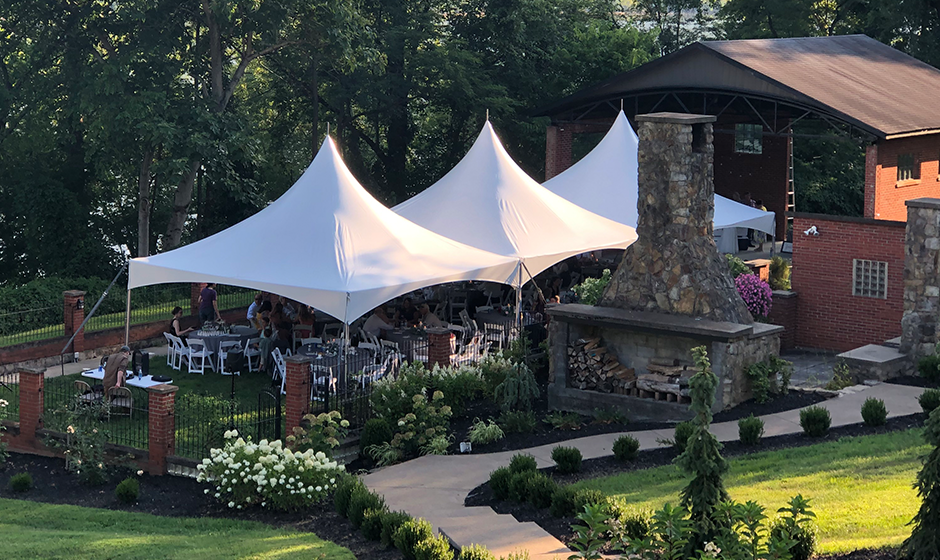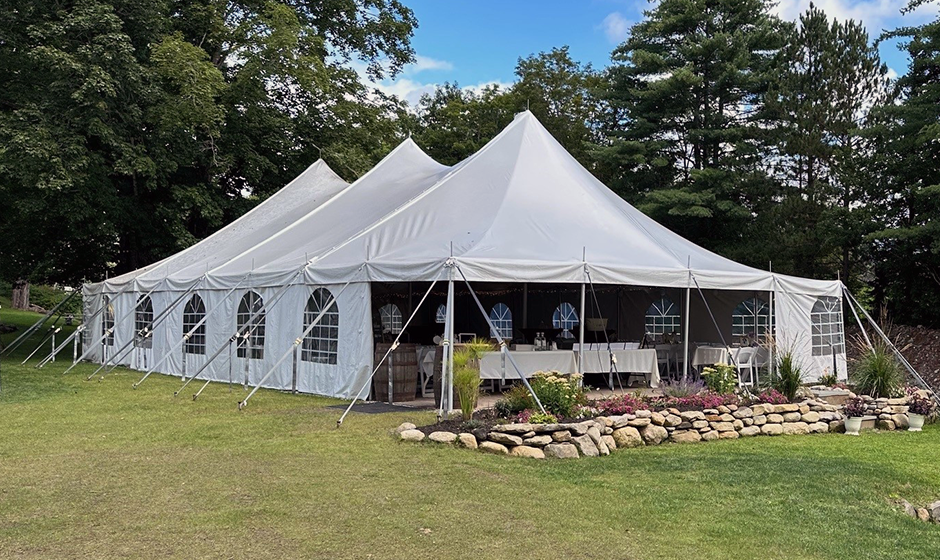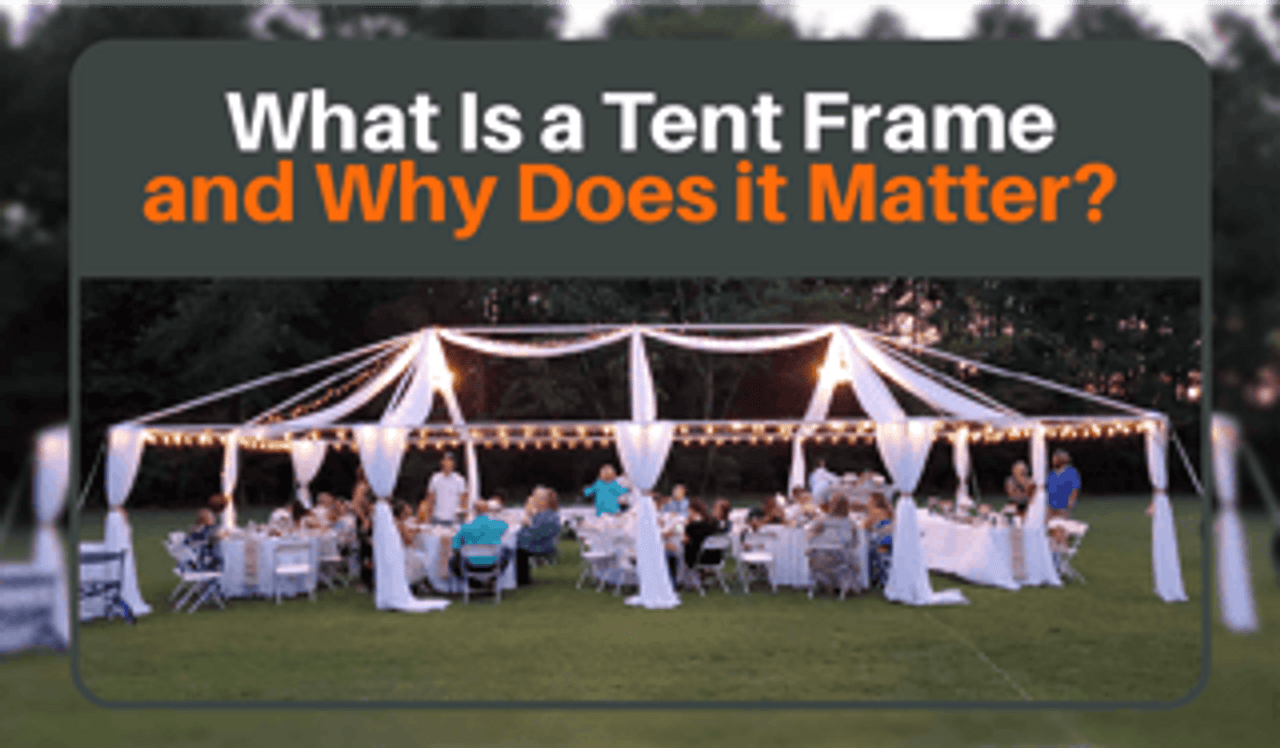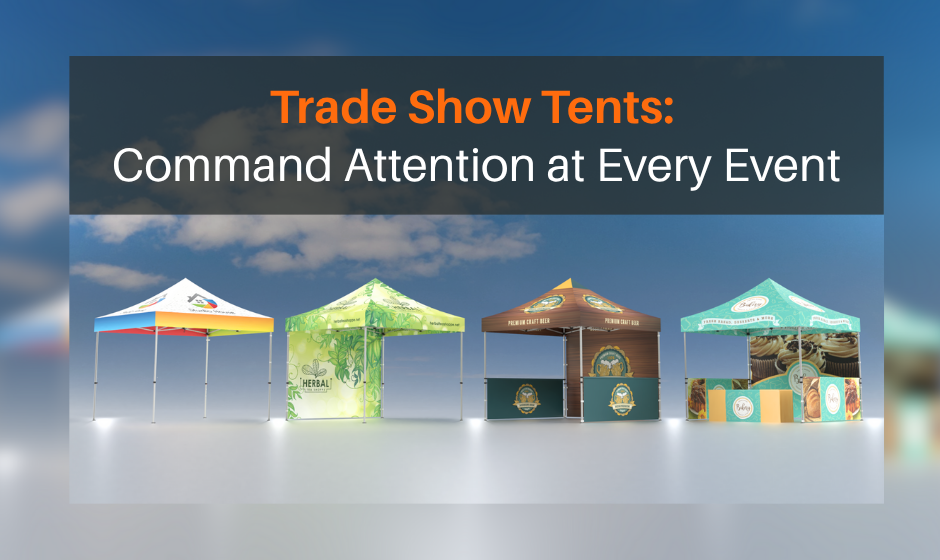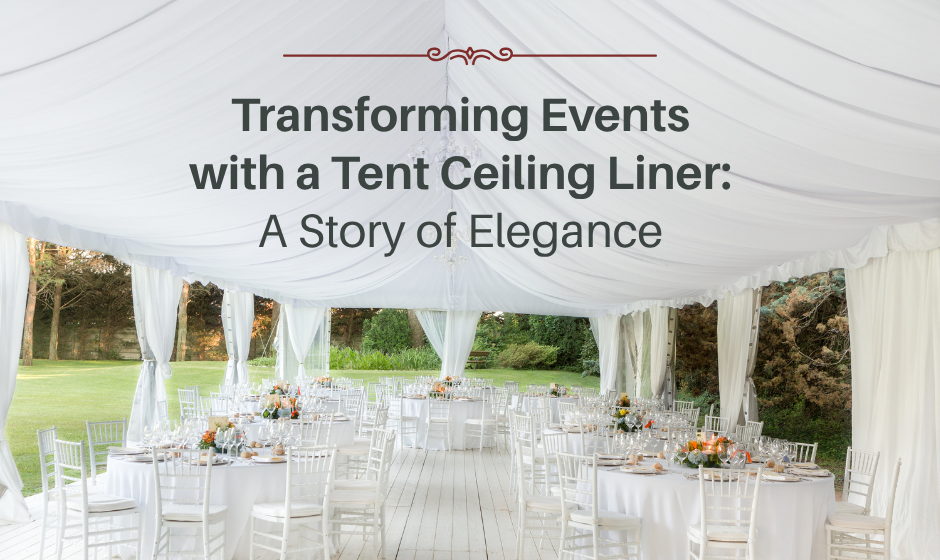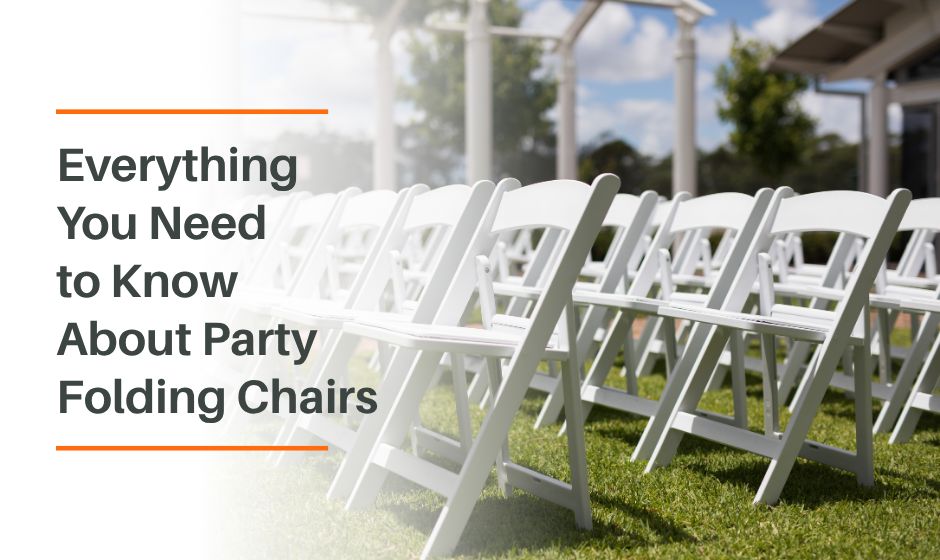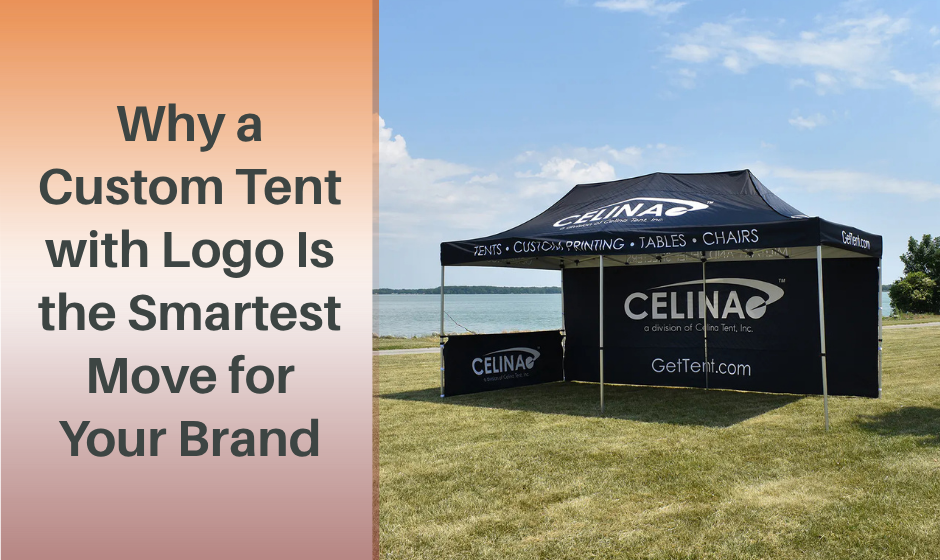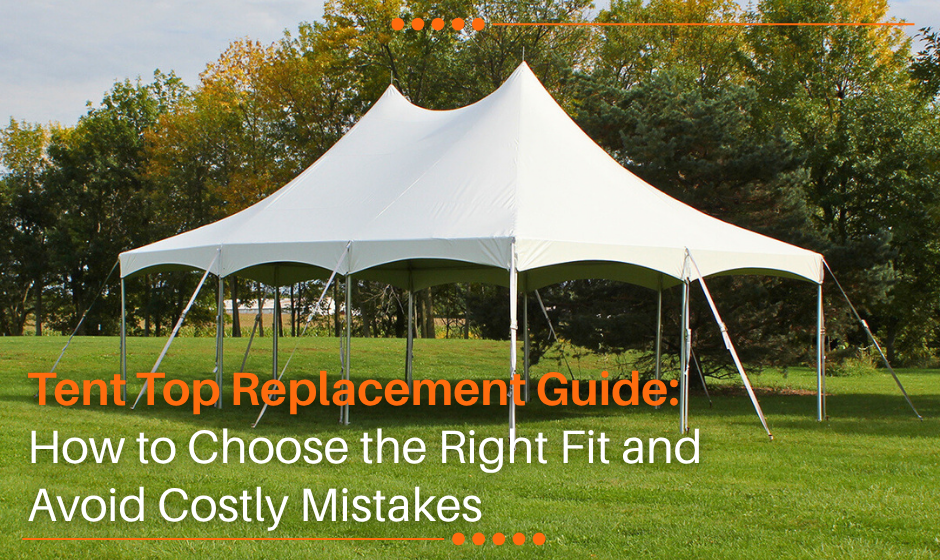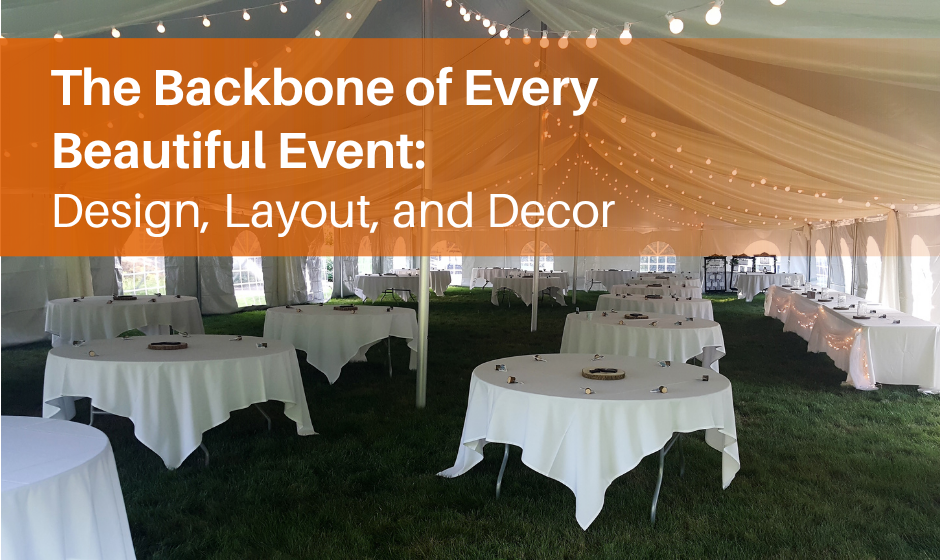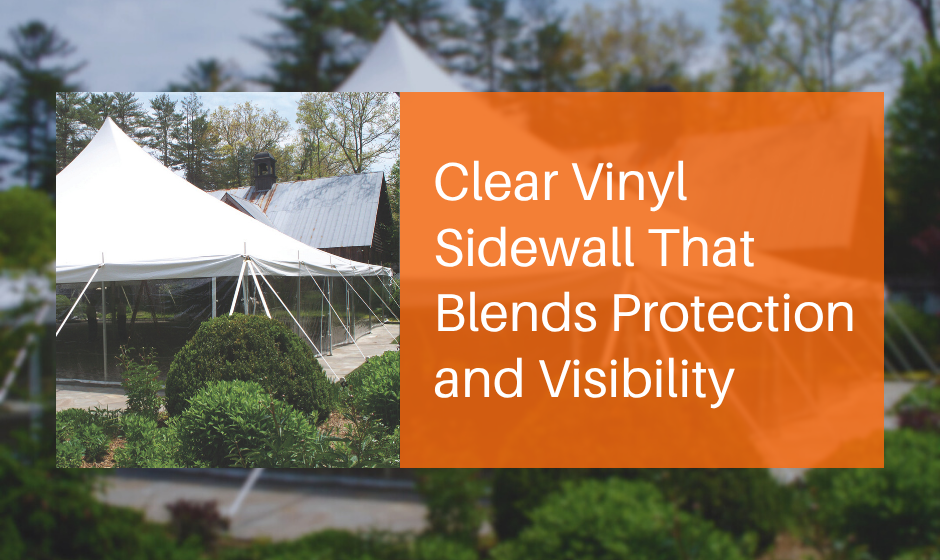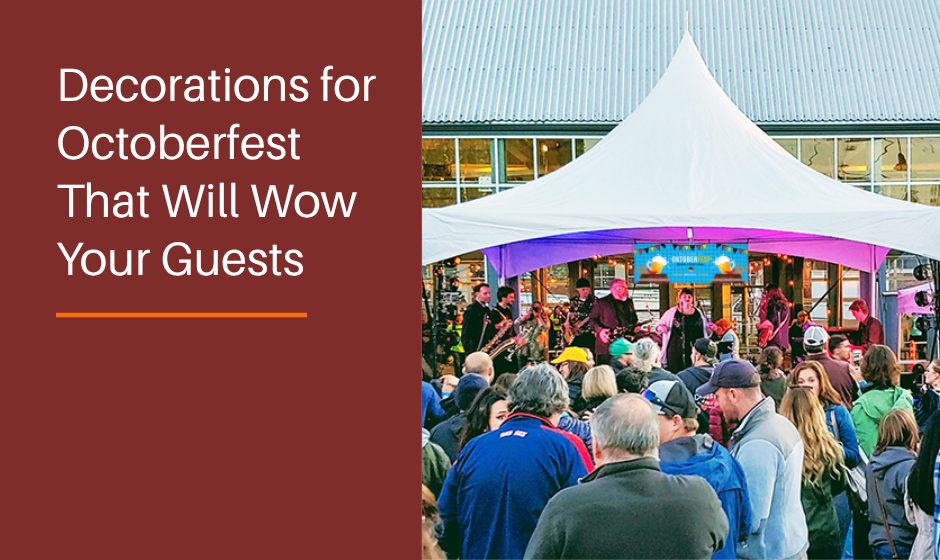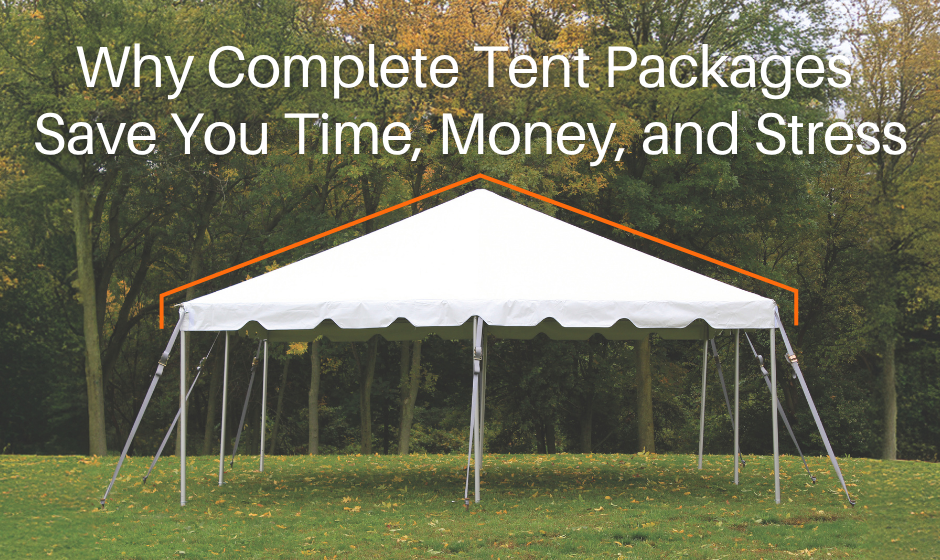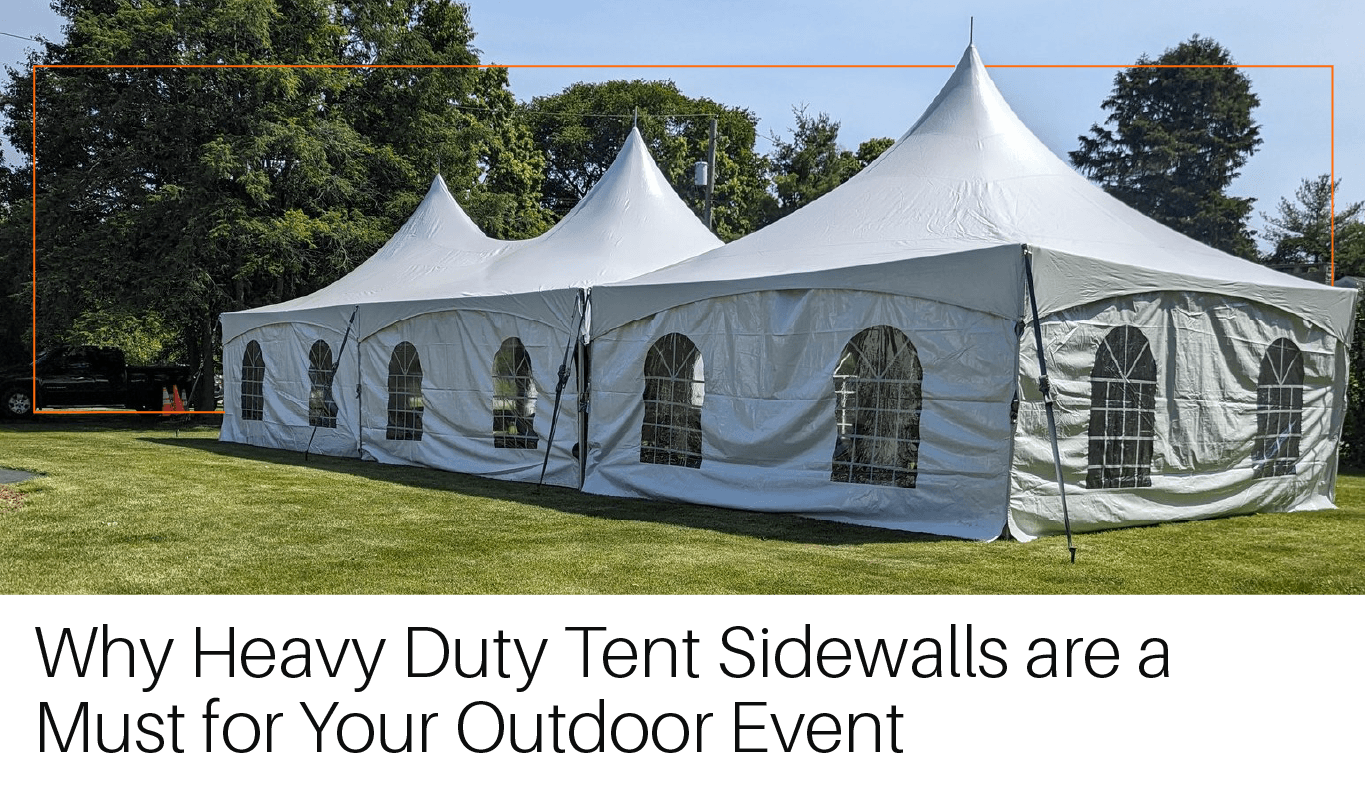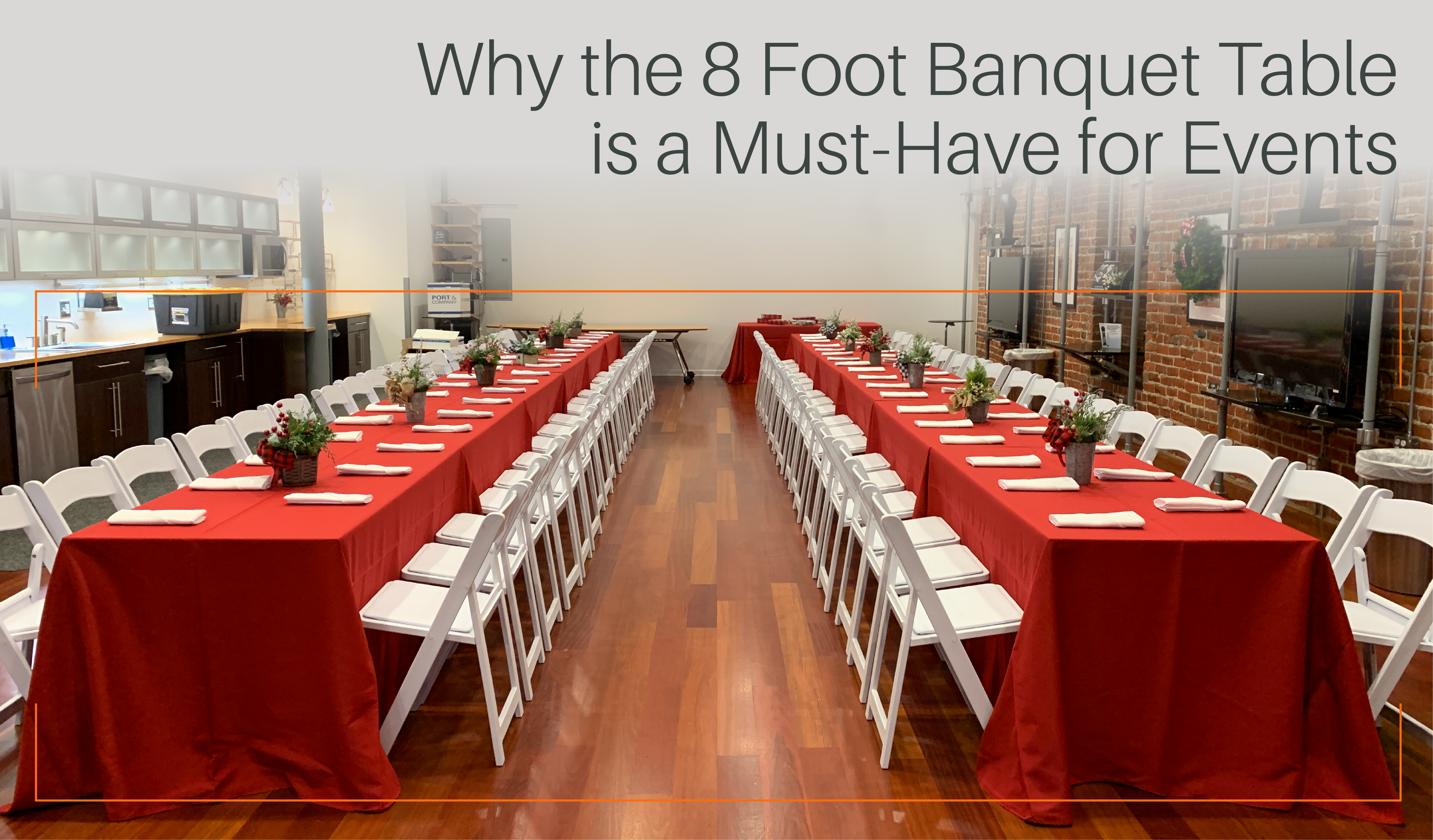What Is a Tent Frame and Why Does It Matter?
A tent frame is more than just support—it’s the core structure that determines how well your tent holds up, how easy it is to install, and how long it lasts. Whether you’re planning an outdoor wedding, setting up a vendor booth, or organizing a community festival, the tent frame is what keeps your shelter secure and standing. But with different materials, sizes, and connection types out there, not all frames are built equal. Understanding your options helps you make a smarter purchase, especially if you're buying a tent for long-term or repeated use.
Materials Matter: Aluminum vs. Steel Tent Frames
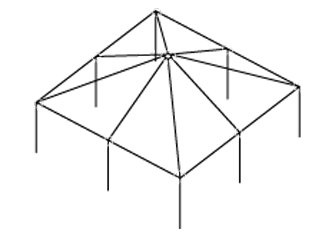
The first decision when buying a tent frame is the material. Two common choices dominate the event industry: aluminum and steel.
Aluminum Tent Frames are lightweight, rust-resistant, and great for quick transport and setup. They’re a popular choice for both small and large event tents because they offer a balance of strength and ease of use. Aluminum’s natural resistance to corrosion also makes it ideal for wet or coastal climates.
Steel Tent Frames, on the other hand, are heavier and extremely durable. These frames are best suited for long-term installations or when dealing with high winds or heavy-duty usage. Galvanized steel frames are particularly good at resisting rust, but they still require a bit more maintenance compared to aluminum.
If portability is a priority, go aluminum. If strength and toughness top your list, go steel.
Types of Tent Frames and What They're Best For
- Pop-Up Tent Frames: Collapsible and lightweight—perfect for markets, fairs, or tailgates.
- High Peak Frames: Use tension cables and a center mast to create a stylish, high-peak silhouette ideal for weddings and upscale events.
- Traditional Frame Tents: Built on a solid base with crossbars and legs—great for long-term or rental setups.
- A-Frame or Gable-Frame Tents: Feature angled roof supports that help with rain runoff and create an enclosed “house-like” feel.
Tent Frame Sizes and Compatibility
Tent frames come in standard sizes like 10x10, 20x20, and 30x30, but the compatibility between frame and canopy top is critical. Always ensure your frame matches your tent top brand and dimensions. Even a one-inch mismatch in spacing can complicate installation.
Also check pipe diameter and wall thickness—most commercial-grade frames use tubing from 1.5 to 2 inches thick. Residential or lightweight frames may use smaller, thinner tubing.
Connection Types: Pins, Push Buttons, and Bolted Systems
Tent frame connection systems vary depending on design and size:
- Push Button Connections: User-friendly and quick, common in pop-up styles.
- Pin and Pole Systems: Offer added durability for large or high-tension structures.
- Bolted Frames: Sturdy and secure, ideal for semi-permanent or commercial setups.
The more complex the connection, the more stable the structure—but also the more effort required during setup. Balance matters.
Tips for Maintaining Your Tent Frame
- Always store your frame dry and clean to prevent corrosion.
- Never force components—check alignment if something doesn’t fit.
- Keep bolts, pins, and joints organized in labeled containers.
- Inspect the frame regularly for bends, cracks, or loose fittings.
Even the best frames experience wear over time. Replacement parts like poles, joints, and fittings are often available—check with your supplier to keep your frame in top condition.
Buying a Tent Frame: What to Look For
- Material quality: Is it aluminum or steel? How thick is the tubing?
- Assembly process: Can one person set it up, or does it require a team?
- Weight rating: How well does it perform in wind or rain?
- Brand compatibility: Does it fit your existing canopy top?
- Warranty or support: Are replacement parts available?
The Tent Frame Is the Heart of the Structure
Whether you’re buying a full tent or just the frame, it’s the backbone of your setup. The right tent frame ensures your shelter is stable, safe, and long-lasting—no matter the weather or the crowd.
If you're unsure which frame suits your needs, our experts can help match you with the right material and size for your setup.
FAQ: Tent Frames
What is a tent frame?
A tent frame is the metal structure that supports the canopy top, giving the tent its shape and stability. It determines how strong, durable, and easy your setup will be—making it the most important part of any tent system.
What’s the difference between aluminum and steel tent frames?
Aluminum frames are lightweight, rust-resistant, and ideal for frequent setups or coastal areas. Steel frames are heavier and more durable, better suited for long-term installations or windy conditions. Both materials can last for years when properly maintained.
Which tent frame is best for portability?
If mobility is a priority, aluminum pop-up or high-peak frames are your best choice. They’re lighter, easy to transport, and can be assembled by one or two people in minutes—perfect for markets, fairs, and mobile setups.
Can I mix and match tent frames and canopy tops?
Not always. Tent frames and tops must match in size, brand, and connection type. Even small mismatches in leg spacing or fitting diameter can cause alignment problems. Always confirm compatibility before purchasing replacements or upgrades.
How do I maintain my tent frame?
Keep frames dry and clean after each use to prevent corrosion. Check joints, pins, and bolts regularly, and replace any bent or cracked parts. Proper maintenance extends the life of your frame and ensures safety during every setup.
What size tent frames are most common?
Standard frame sizes include 10x10, 20x20, 20x30, and 30x30. Smaller frames are used for pop-up tents and vendor booths, while larger frames support commercial and event-grade installations like weddings or festivals.
How long does a tent frame last?
With regular care and proper storage, a quality aluminum or steel tent frame can last 5–10 years or longer. The lifespan depends on frequency of use, weather exposure, and maintenance habits. Replacement parts are available for most models.




